German Club members learned how traditional fairy tales like Cinderella, Rumpelstiltskin and Snow White transformed from grim to lighthearted during their Oct. 24 meeting. The club discussed how modern-day fairytales came to be and how Disney changed them.
Seniors and President Andrei Perepelitsa and Vice President Nathanial Allen focused on the fathers of modern-day fairy tales — the Grimm Brothers.
Allen highlighted how the Grimm Brothers shaped contemporary stories by sharing a detailed slideshow revealing the stark contrast between fairy tales told by the brothers and ones told by Disney now.
“The Grimm Brothers really set the basis for folk tales and the fairy tales [we hear] today,” Allen said. “They went around and collected oral traditions, or stories told by word of mouth, in Germany that were [later made] into big blockbuster Disney and DreamWorks movies.”
According to junior and Secretary Quinn Nawotka, the Grimm Brothers’ stories are far darker than their Disney counterparts.
“Disney has done a lot to change our perception of those fairy tales, but the originals are a lot darker and more ancient than we think,” Nawotka said. “I personally prefer the original stories. They tell us a lot more about German culture, but the Disney versions are definitely more appropriate for small children.”
For example, in the original story told by the Grimm Brothers, Rumpelstiltskin tears himself in two after losing a game. In Cinderella, her stepsisters cut their toes off in order to fit into the glass slipper, and the evil stepmother is forced to wear metal shoes heated by fire and dance herself to death in a dungeon.
“A lot of [their stories] serve as warnings to children to not trust strangers or be cautious of the situation they are in,” Nawotka said. “The stories are darker because they need to scare people into obedience or into listening to their parents.”
Allen said he believes the Grimm Brothers’ stories are “too gory for school,” so the club created their own Grimm Brothers-themed story with Mad Libs, a word game where members filled in blanks in a block of text with nouns, adjectives or verbs.
“You can create a story out of literally anything,” Allen said. “We based our [story] off of Rumpelstiltskin, and even though it was funny and sort of goofy, it was still a story.”
For senior and member Faraz Iqbal, the activity was an “interesting approach” to engaging with the fairy tale part of German culture.
“There were around 30 of us, and nearly everyone was just yelling out ‘brainrot’ words to fill the blanks on the screen,” Iqbal said. “That was probably some kind of disservice to German fairy tales, but it was certainly a lot of fun.”
But fairy tales aren’t just stories told for fun. Allen claims that they have broader social implications.
“German fairy tales are really important because they are a way to bring everyone together,” Allen said. “When Germany was divided into states, there was a lot of political turmoil, and [these stories] were a way to bring everyone’s culture together.”
Upon reflection, Iqbal had three words to describe the meeting: “Relaxed, engaging, enjoyable, all while allowing us to learn more about and elevate our appreciation for German culture.”
The German Club will meet next on Nov. 14 to discuss St. Martin’s Day, a religious observance in Germany. To get involved, join German Club’s Remind @german2425.


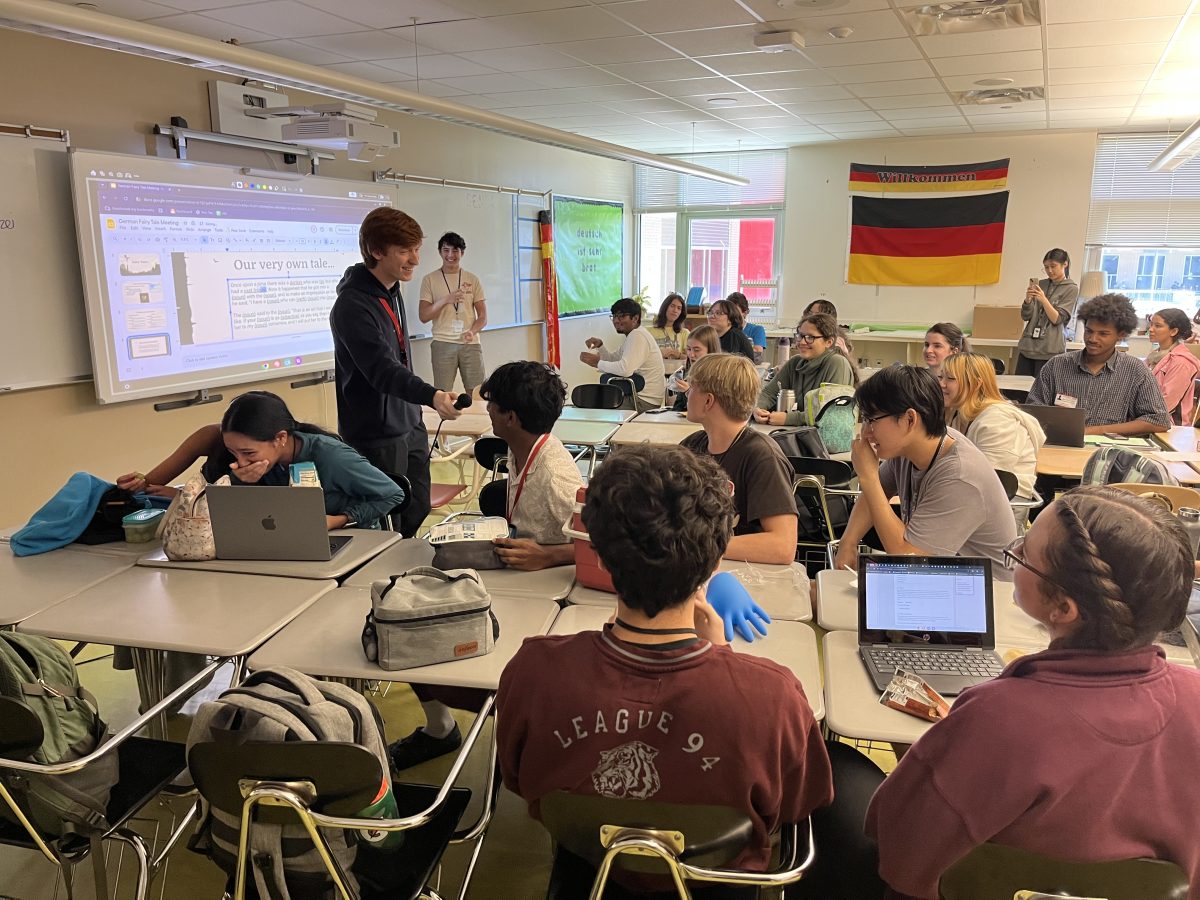
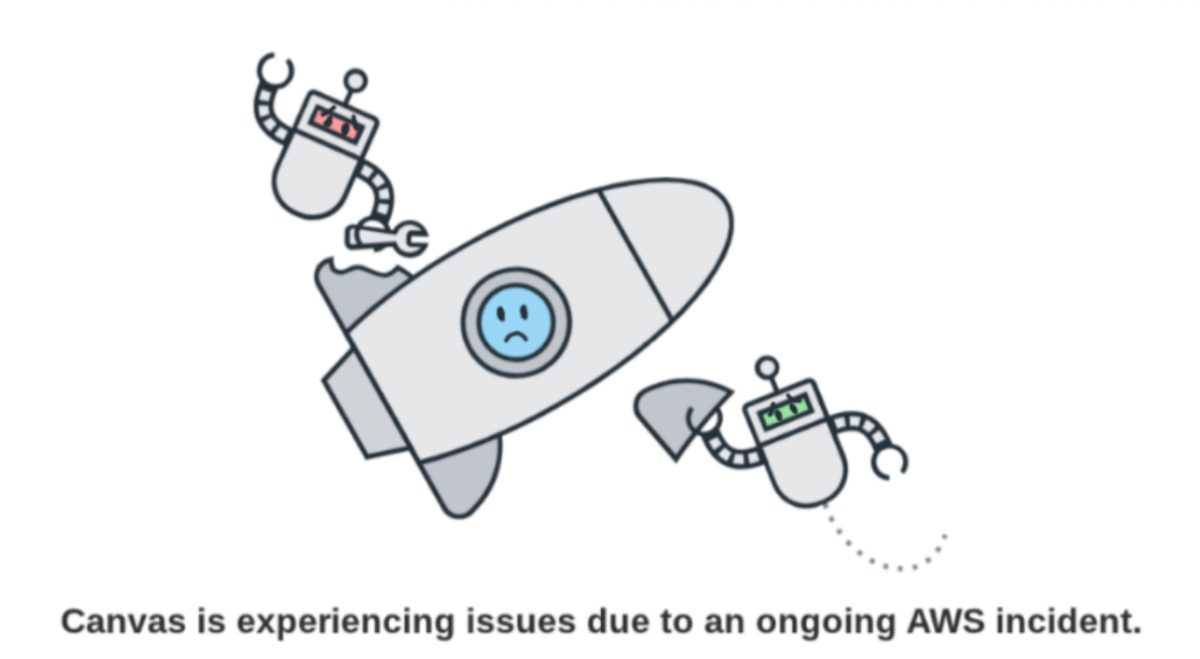

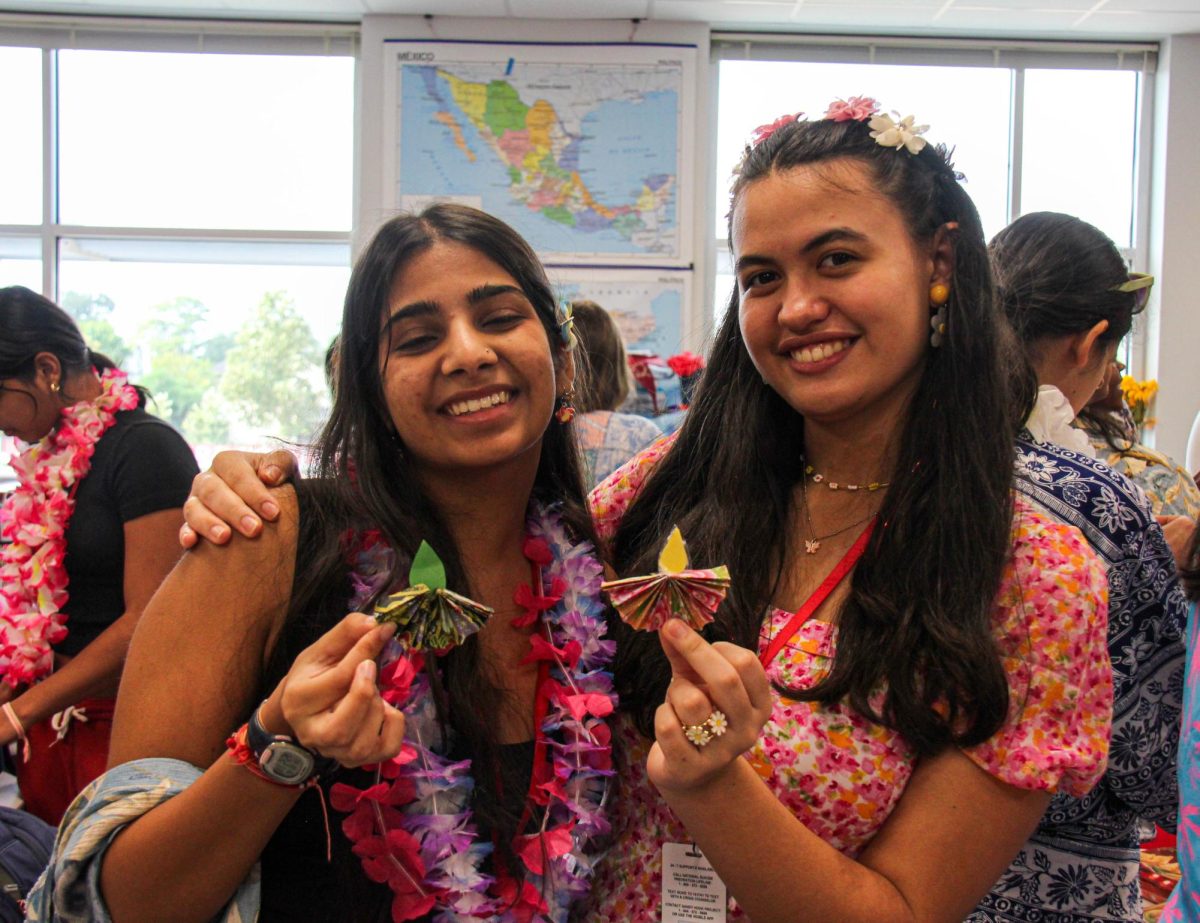
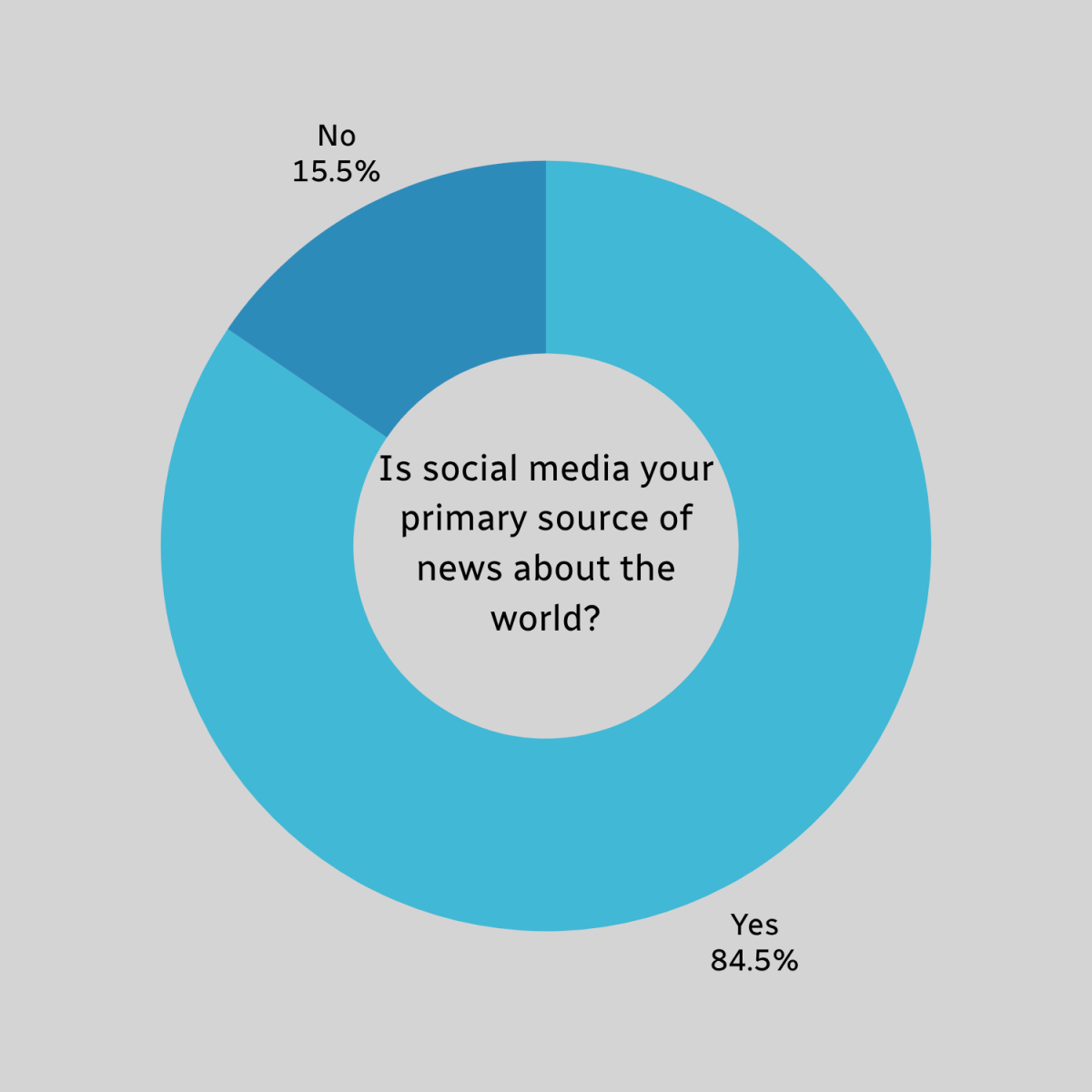
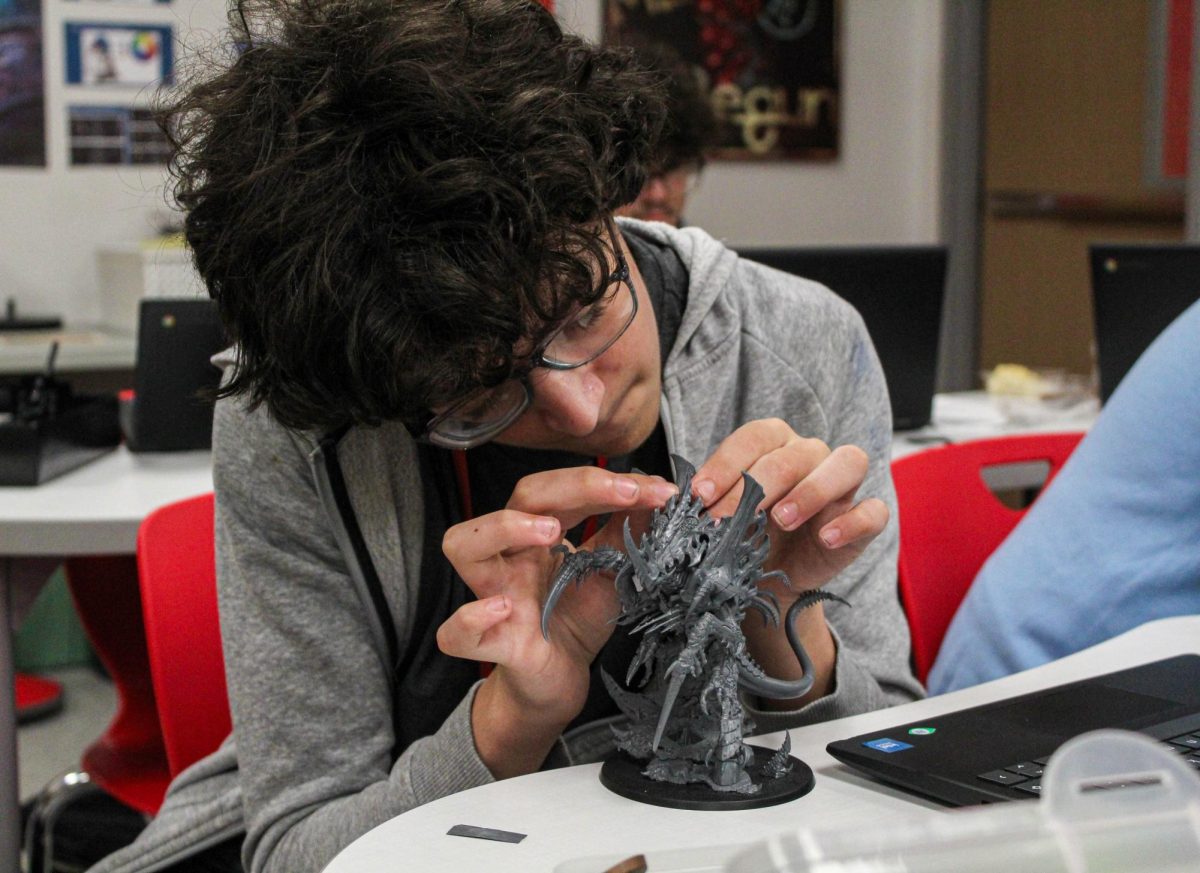

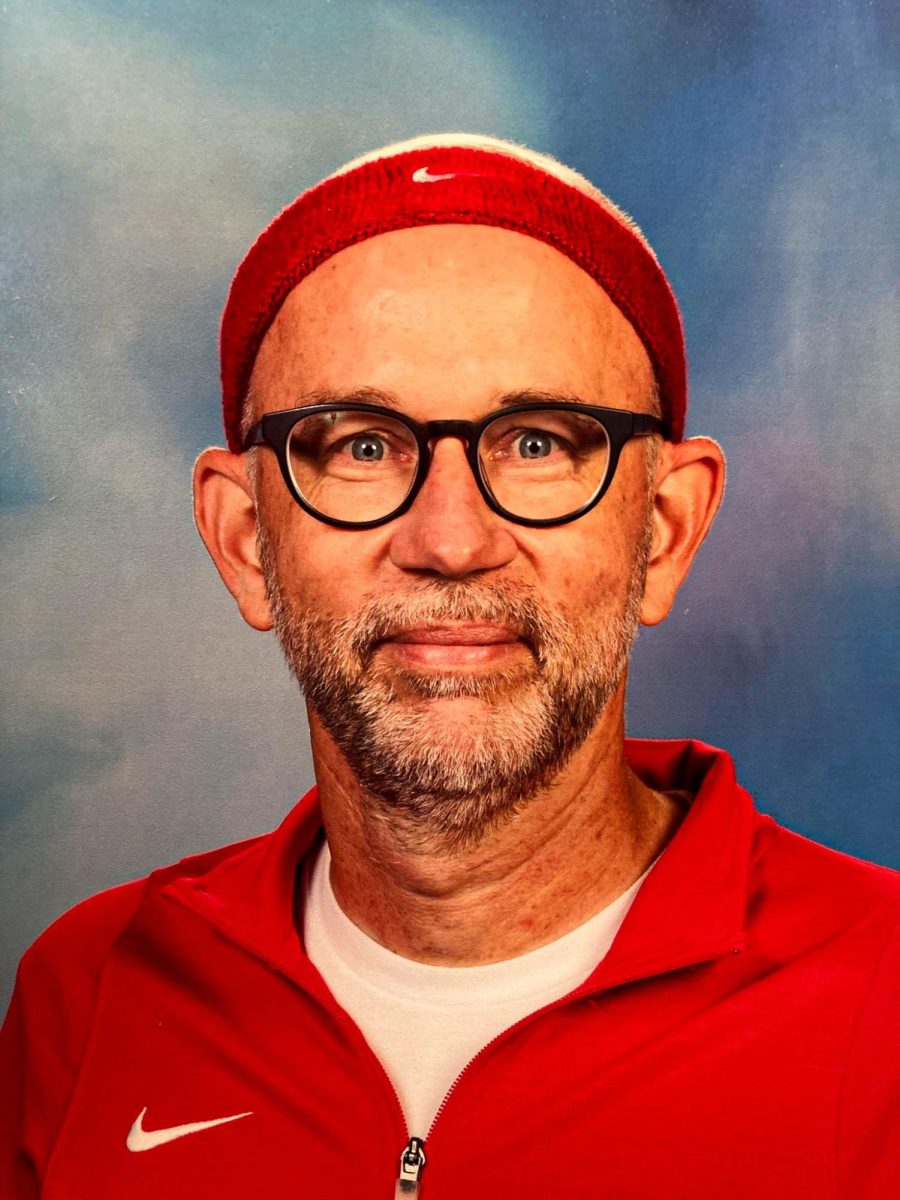

Shyla Jogi • Nov 3, 2024 at 8:57 pm
Such an informative and fun news brief great job guys!